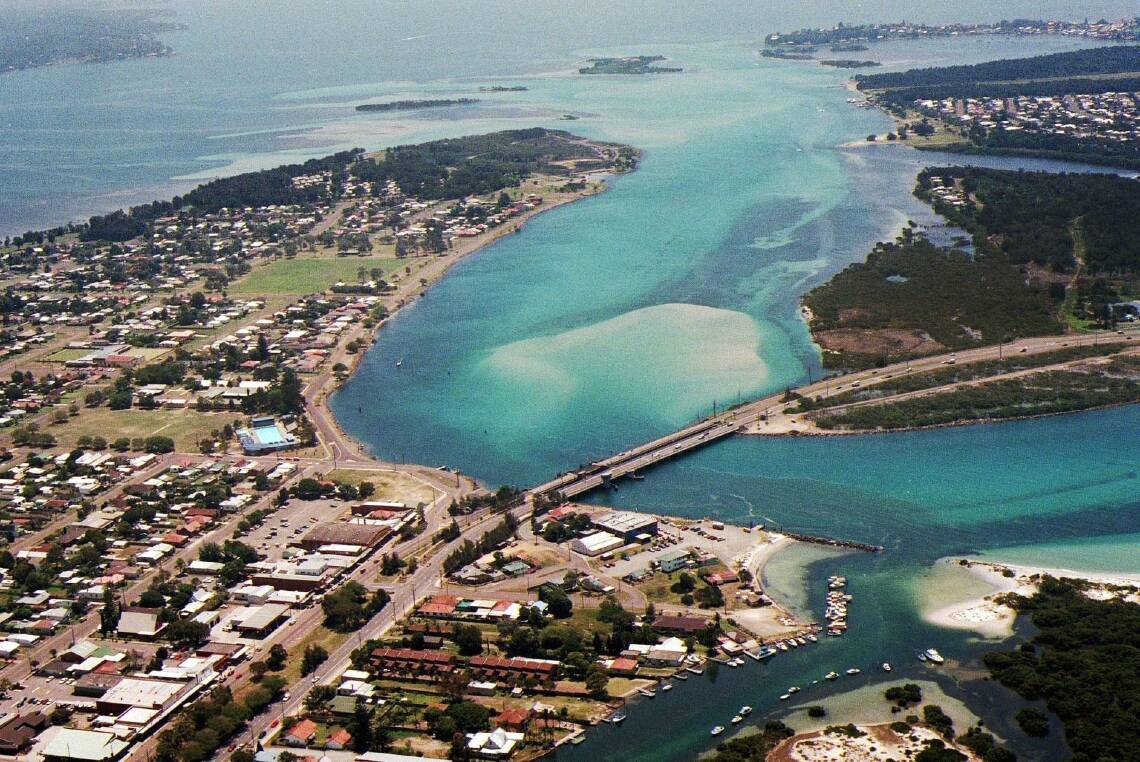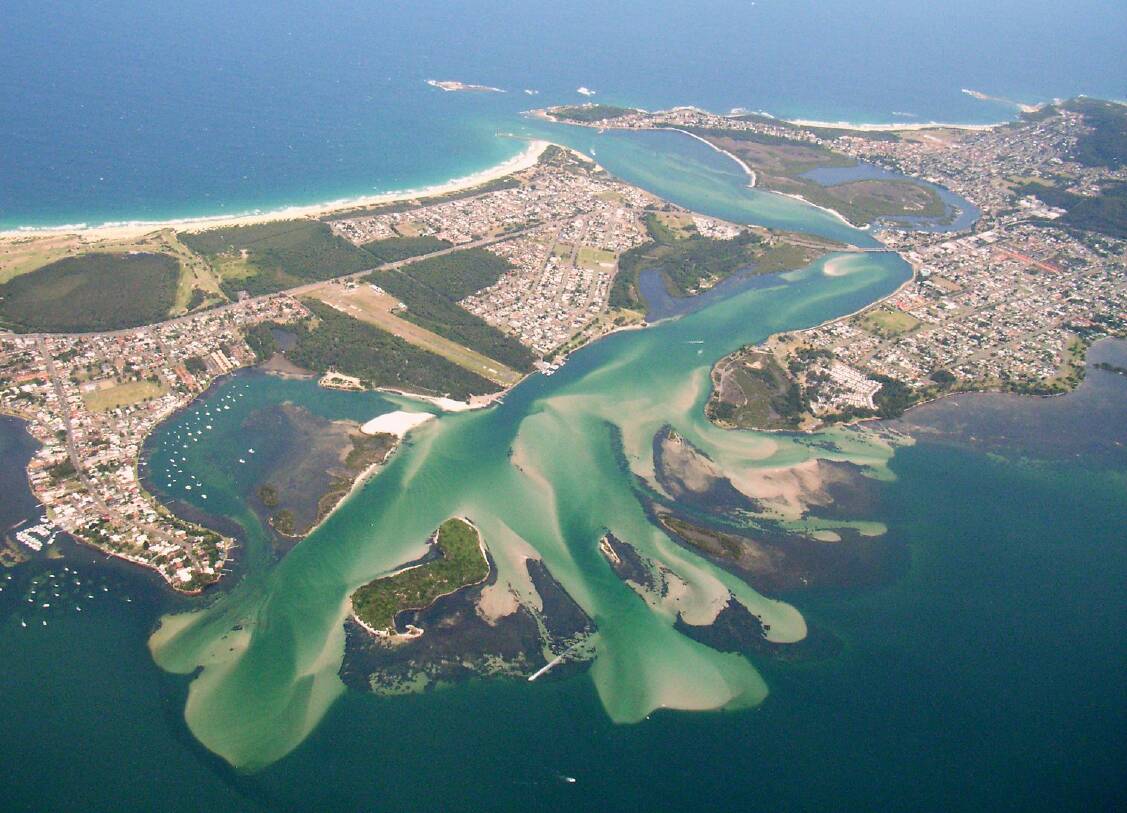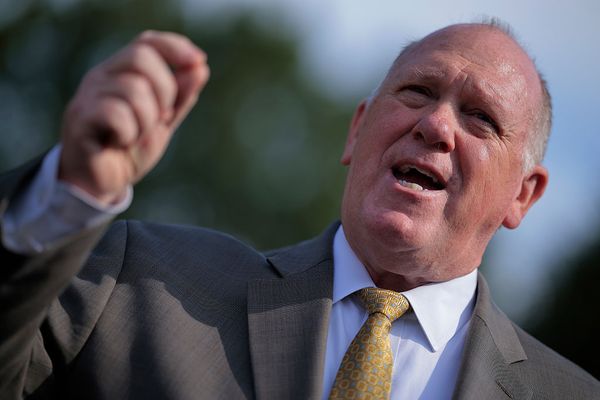
A 10-year dredging program has been agreed for Swansea Channel, the area's state MP Yasmin Catley says.
The program has raised hopes that the problem of a sand-choked channel restricting vessels from entering the lake - which has been ongoing for decades - will finally come to an end.
Ms Catley, the member for Swansea, said she had received confirmation of the program from the NSW Department of Transport.
"Work is underway to establish a 10-year dredging plan that will mean the community can have confidence the channel will be navigable at all times," Ms Catley said.
"I have been calling for an ongoing dredging maintenance program for years."
She was pleased that NSW Transport Minister David Elliott was "taking this long-term approach".
Swansea Channel will be part of "a statewide dredging program" through the department's Maritime Infrastructure Delivery Office.
She said there were no plans for the NSW government to buy a dredge. Instead, dredge operations will be put to tender.
Previous state governments have long been playing catch-up with the channel due to a lack of regular maintenance dredging.
Ms Catley is confident that the authorities are now taking dredging "much more seriously".
"Instead of being reactive, they'll become proactive."
And, crucially, she said KPIs [key performance indicators] will be put in place, so "when the channel gets to a particular depth, they know it has to be dredged again".
She has requested that the dredged sand be transferred to Blacksmiths Beach to renourish the beach due to coastal erosion.
She will also urge department officials to build a pipeline to the beach to deliver the sand, instead of it being trucked.
"They haven't got the funding for that, so I'm writing to them to see if they'll be able to include that over time. They agree with the arguments around it, they think it's a good idea."
Ms Catley said the channel was "currently very shoaled".
The channel is planned to be dredged from Pelican to Marks Point this year. The dredging will be 60 metres wide and deep enough to allow vessels drawing a maximum of 2.5 metres draft to transit the channel.
"They hope to have that work completed by Christmas. That'll get us out of the woods for now. Then they'll have a 10-year program in place after that."
A Transport for NSW spokesperson confirmed that the department is "working towards the establishment of a long-term, sustainable dredging program to support boaters' access to key waterways".
"This will aim to improve efficiency, reduce costs and enable more consistent and frequent dredging to be undertaken in the future."
The department said the history of Swansea Channel showed that it was "not a natural continually open navigational channel".
"Since 1970, Swansea Channel has been dredged 20 times."
The breakwater was built in 1887 to "control the migration of the channel entrance" and "allow larger vessels in for industry purposes".
"Due to the dynamic nature of Swansea Channel, there will be continual need for interventions such as dredging to maintain the channel."
Federal Labor, through Shortland MP Pat Conroy, committed to pay for a permanent dredge for Swansea Channel during the election campaign.
With Labor now in power under the Albanese government, the commitment is expected to be fulfilled in the budget.
Such a dredge could be used in a tender for regular dredging under the state program.








